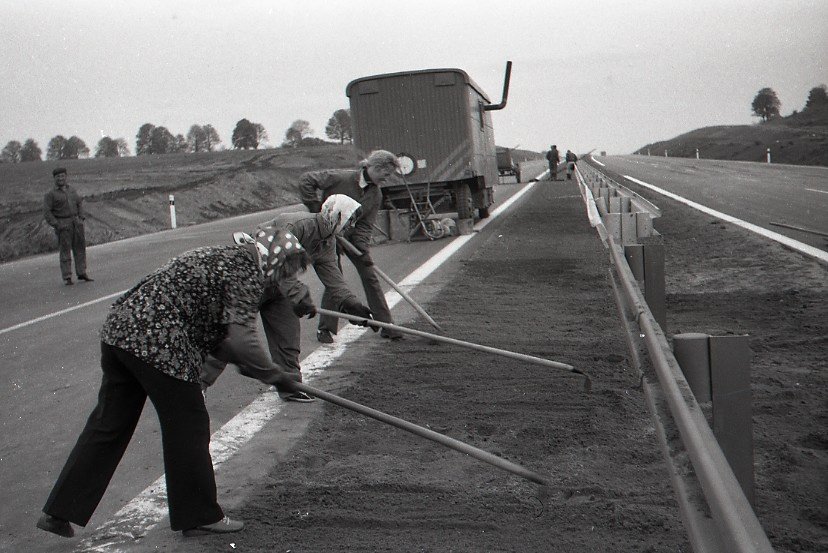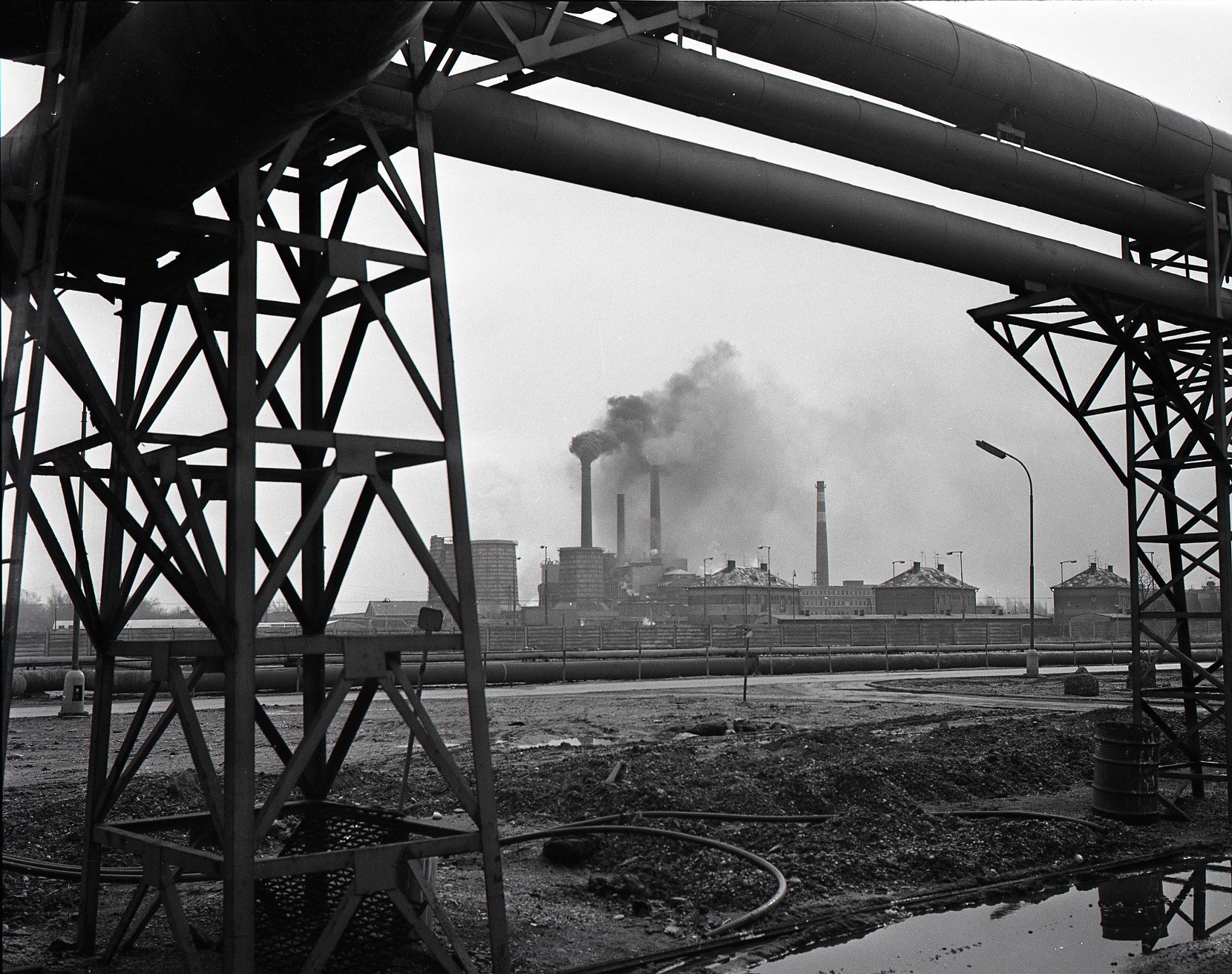Facts and disproval of the myth ↓
Isolation from the West and the economic lagging behind had negative impacts also on the transport and technical infrastructure. We are still burdened with the heritage of socialism – slow and indebted railways, almost no motorways, no corridors, no subway in Bratislava, old-fashioned airports, and dependence on Russian natural gas and oil.
The communist party´s priority in the area of transport was supply of raw materials for heavy engineering industry that they located in areas not suitable as concerns logistics. The situation resulted in artificially supported higher performance at the cost of economic inefficiency and overuse of coal and other fossil fuels.
The high capacity load caused by preferred cargo transport resulted in low train speeds, high irregularity rates (including delays), and obsolete and poorly maintained trains offering low comfort to passengers. Despite the focus on quantity, the electrified Czechoslovak railway length per capita was significantly lower than that in Austria (0.24 km and 0.42 km – see Table 16) in 1988.
The road transport was restricted by the slow pace of road building and excessive bus transport load, particularly in towns. As concerns passenger transport, the two largest cities (Prague and Bratislava) were interconnected only in 1980. The motorway length was in Czechoslovakia 6 times shorter than in Austria per 100 thousand inhabitants, while in Slovakia there were only few kilometres long motorway sections in that year.
During the socialist era, the Bratislava city transport was based on low-capacity buses while neighbouring Vienna featured an extensive system of ground and underground lines. Moreover, prohibition of business activities and separation of the economy from effects of demand and supply resulted in suppressed development of personal use of passenger cars, a typical feature of the developed Western civilization of the 20th century.
The old-fashioned means of passenger air transportation and high costs prevented further development of that industry. The number or airplane passengers stagnated in socialist Czechoslovakia and even dropped and fell significantly behind Austria particularly in the eighties: in 1989, the number of airplane passengers per one thousand inhabitants was in Czechoslovakia 4 times lower than in Austria.
The impacts of socialist Czechoslovakia´s dependence on the pipeline supply from the USSR, which is manifested through the current dependence of Slovakia on the supply of crude oil and natural gas from Russia, represent problems and risks for the future (more in chapter 2.8 Infrastructure).



